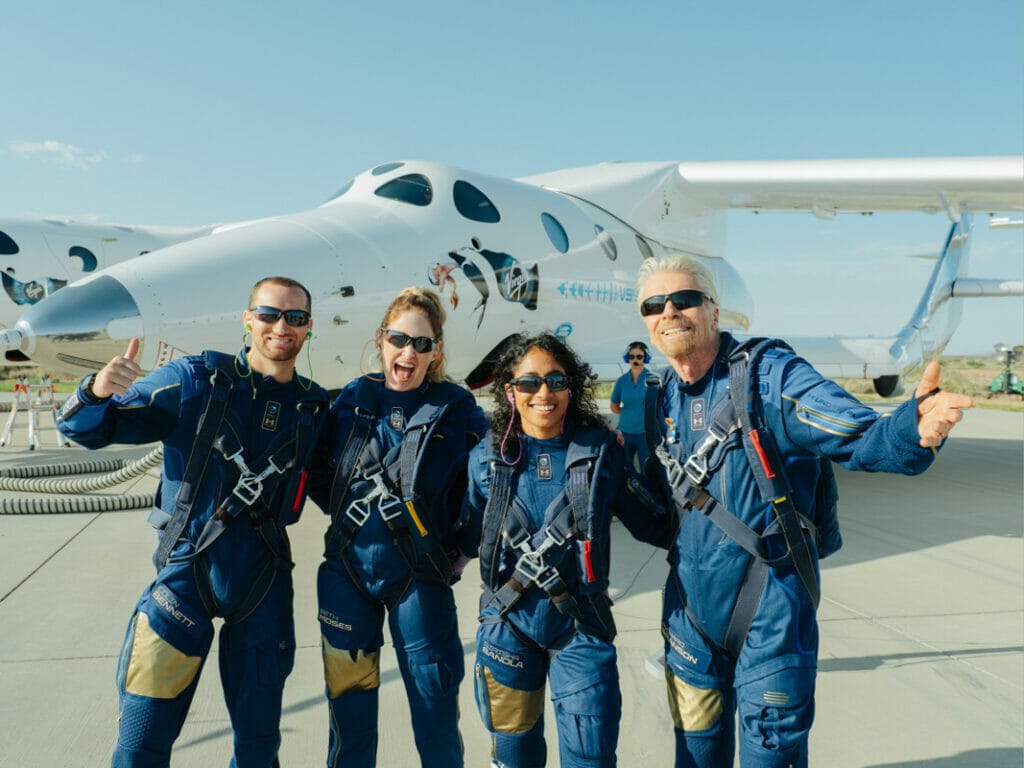Unless you’ve cut yourself off from the internet and social media recently, you would’ve known that billionaire Richard Branson has just achieved the extraordinary. On the 11th of July, with his spaceflight company Virgin Galactic, the 70-year-old business magnate flew to the edge of space on the VSS Unity 22, shaping the future of space travel to come.
While this may be unthinkable to some, Branson’s dream of flying about the cosmos has been many, many years in the making. Virgin Galactic was founded in 2004 by the British entrepreneur, but it was in 1969 where he was convinced that he too, would someday go to space after seeing the Apollo 11 land on the moon. Much bigger than that, Branson’s goal was for other everyday people to achieve the dream too and so began his quest to create the first commercial ‘spaceline’ that would fly people past the mesosphere of the earth every year.
However, Branson is not the only billionaire with this dream. Amazon’s Jeff Bezos founded his own spaceflight company, Blue Origin, even earlier than Branson in 2000, and will take his first flight to space in the company’s New Shepard ship on the 20th of July this year.
Meanwhile, Elon Musk founded SpaceX in 2002 with the goal of colonising Mars. To date, it has had numerous launches, with a record-breaking 26 missions in the year 2020 alone. In the same year, is the first private company to send astronauts to space and the International Space Station. While there isn’t any news yet as to when Musk will fly with his team, Forbes reports that he has previously bought a seat aboard Virgin Galactic, so who knows when he will go to space.
While these three companies all offer the same objective of space travel, they each have very different types of flight vehicles. Here, we compare them in case, you know, you ever consider going to Outerspace.




